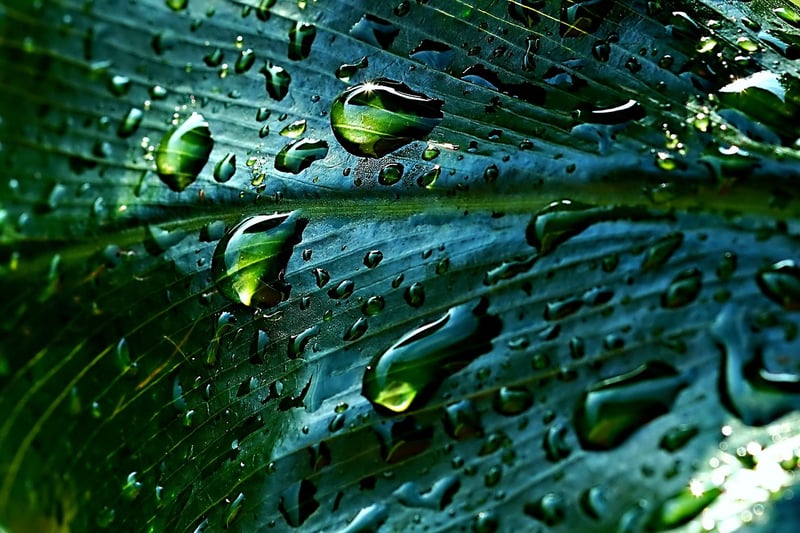Rainwater Harvesting
Eco-Friendly Gardening Methods and Rainwater Harvesting
Eco-Friendly Gardening Methods
Eco-friendly gardening is a sustainable approach to maintaining your garden that reduces the impact on the environment. By implementing these methods, you can create a beautiful garden while also promoting biodiversity and conservation.
1. Composting
Composting is a natural way to recycle organic waste into nutrient-rich soil for your plants. It reduces the amount of waste sent to landfills and provides your garden with essential nutrients without the need for chemical fertilizers.
2. Native Plants
Choosing native plants for your garden helps support local ecosystems and wildlife. Native plants are adapted to the local climate and require less water and maintenance, reducing the need for pesticides and fertilizers.
3. Water Conservation
Implementing water-saving techniques such as drip irrigation, mulching, and collecting rainwater can significantly reduce water usage in your garden. Water conservation is crucial for sustainable gardening practices.
Rainwater Harvesting
Rainwater harvesting is the process of collecting and storing rainwater for future use, particularly in gardening. It is a sustainable practice that can help reduce water bills, minimize runoff, and provide plants with natural, untreated water.
Benefits of Rainwater Harvesting:
- Reduces demand on mains water supply
- Helps in flood control by reducing stormwater runoff
- Improves plant growth due to the absence of chemicals present in tap water
- Cost-effective and easy to set up
How to Harvest Rainwater:
- Install a rain barrel or tank to collect rainwater from downspouts
- Use a filtration system to remove debris and contaminants
- Connect the harvested rainwater to your garden irrigation system
- Regularly maintain and clean the rain harvesting system
By combining eco-friendly gardening methods with rainwater harvesting, you can create a sustainable garden that conserves resources and promotes a healthy ecosystem.


